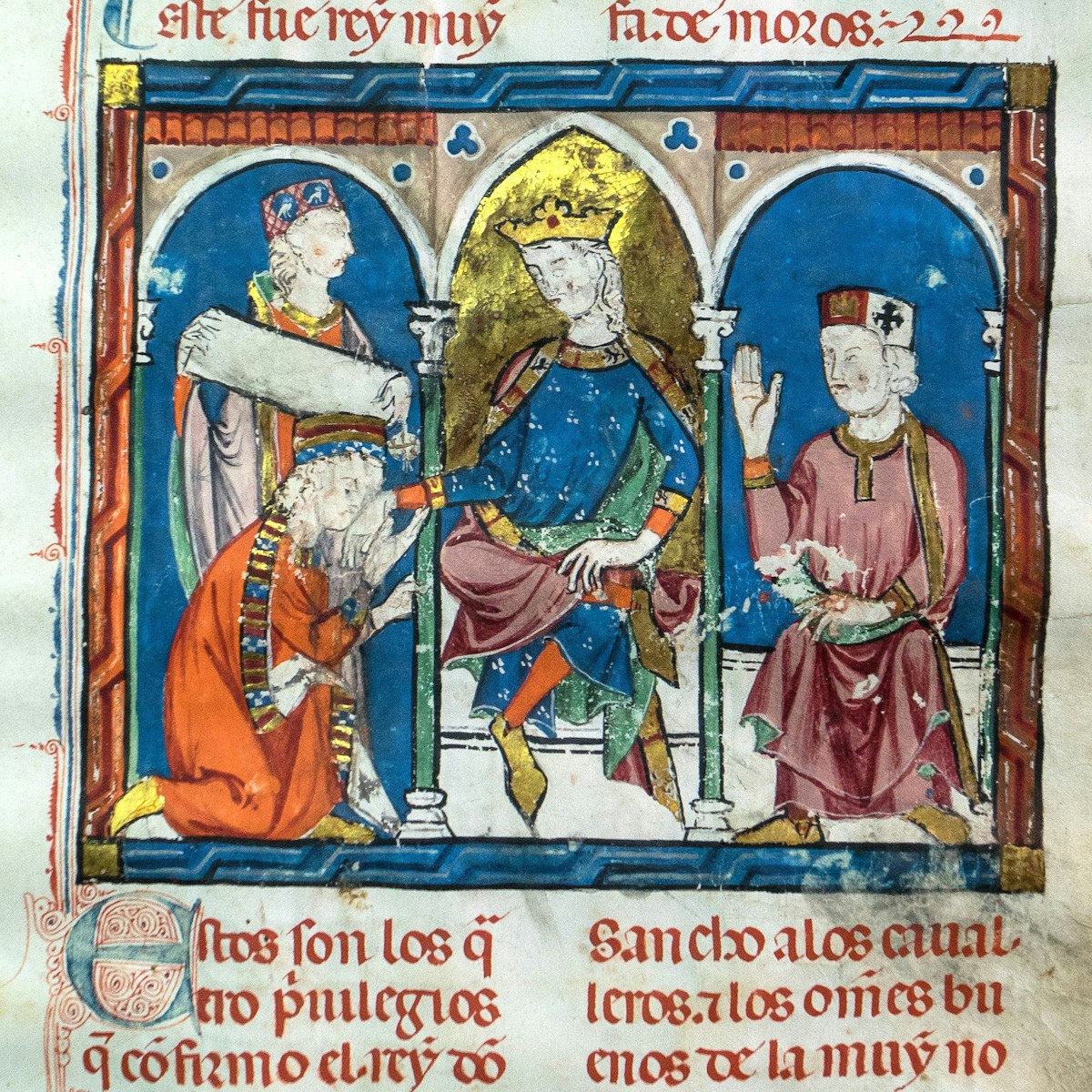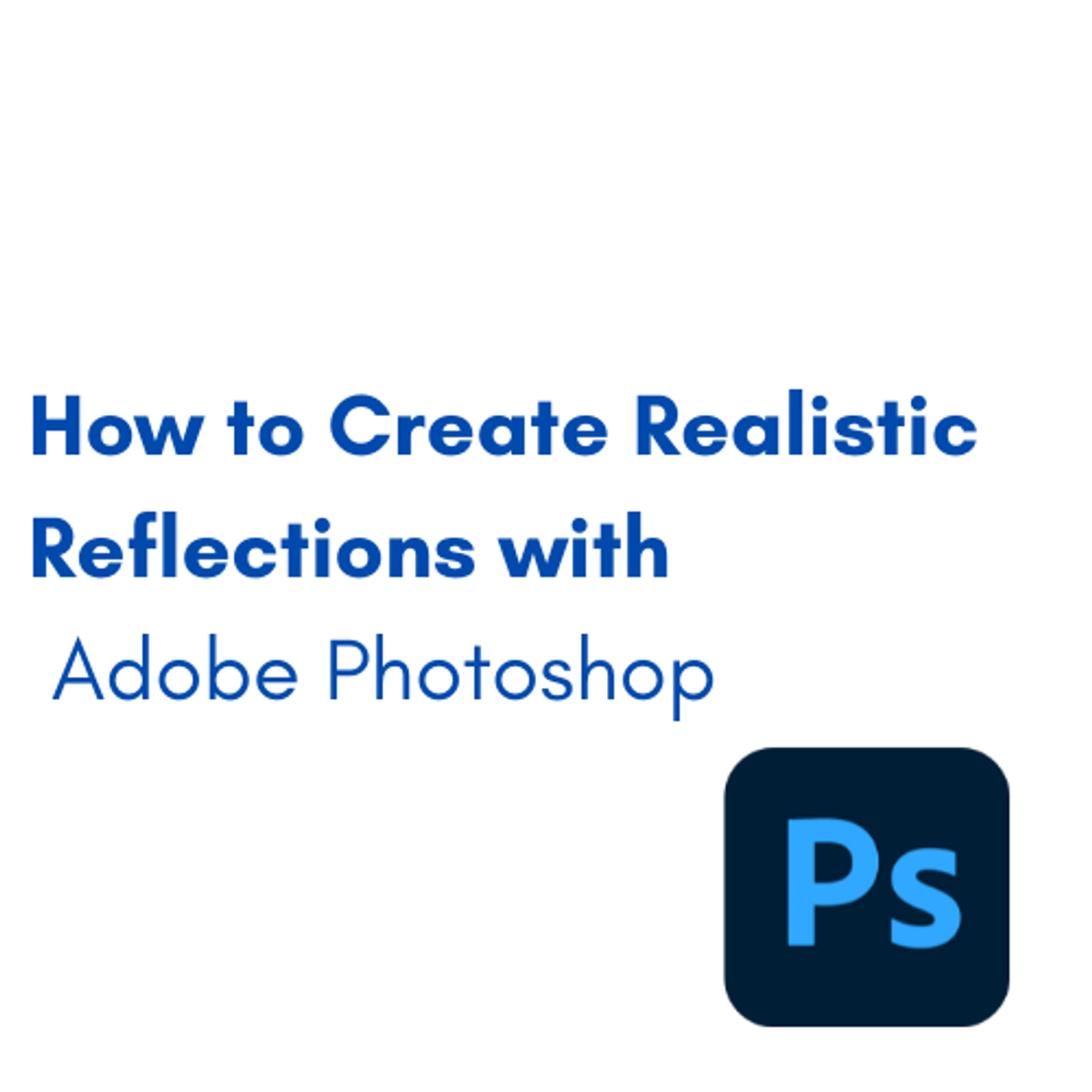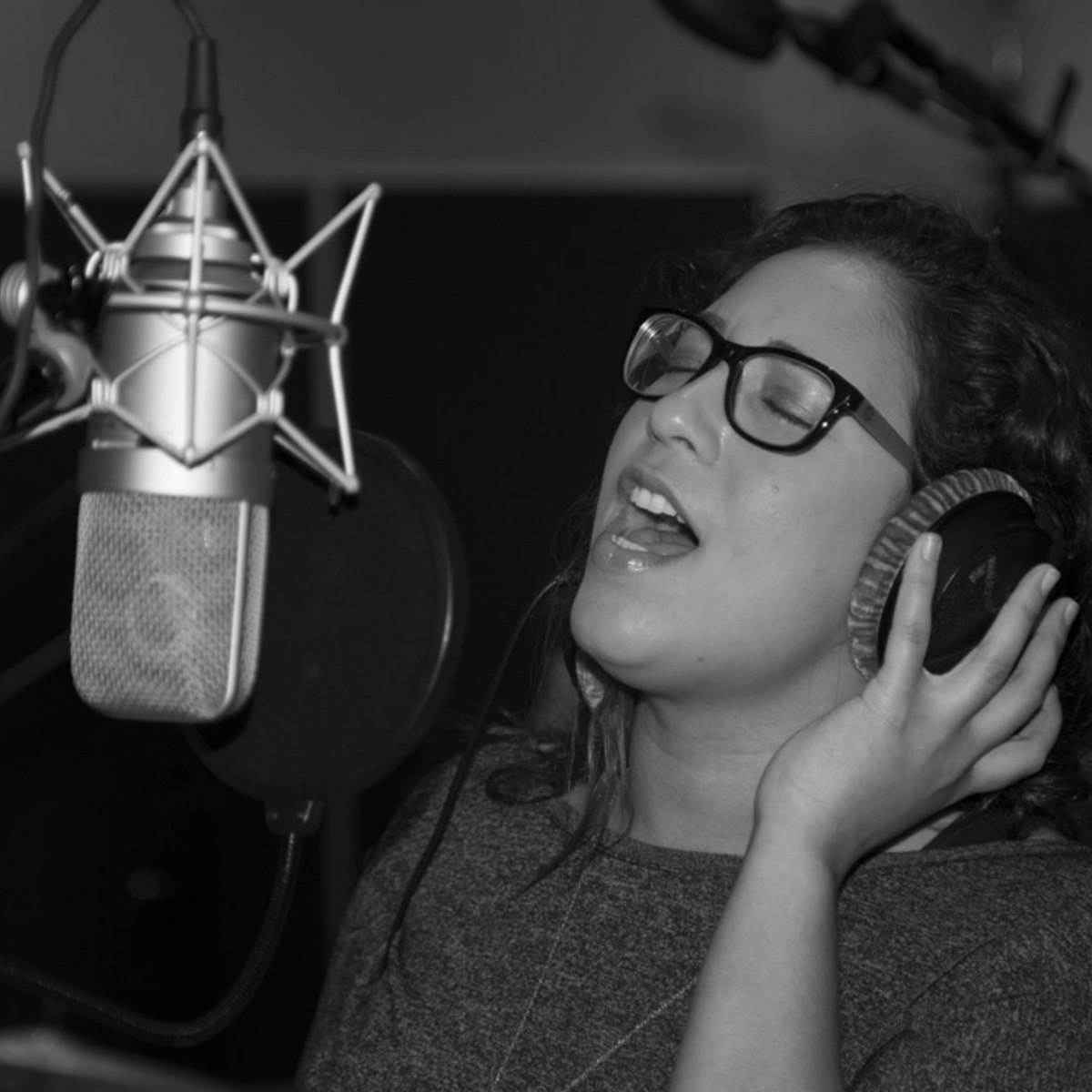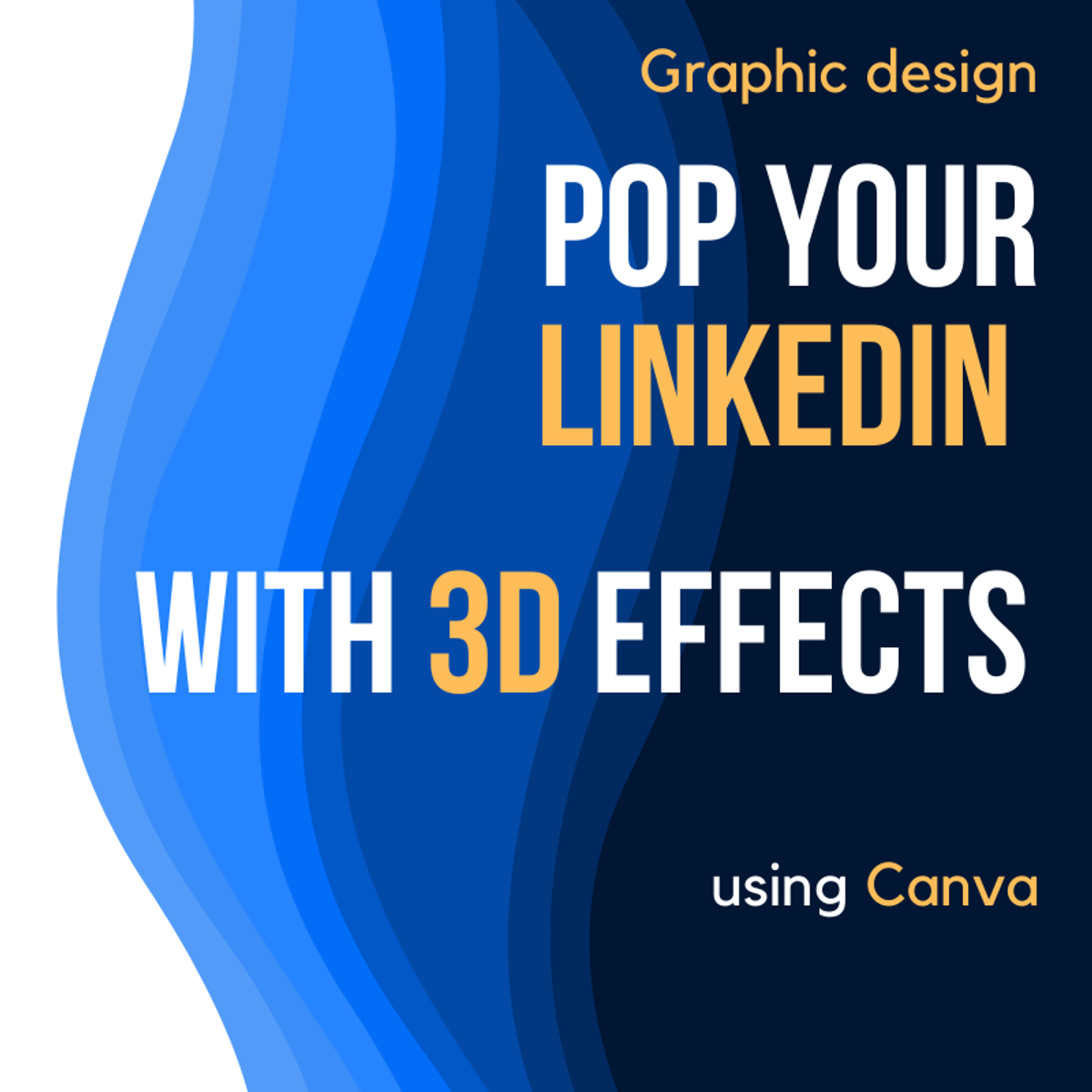Back to Courses









Music And Art Courses - Page 2
Showing results 11-20 of 257

Writing a Personal Essay
This class is the chance to create your personal essay or extend into a full memoir -- from planning and structure to bold narrative brushstrokes to the layering of significant detail. You will develop the opportunity to find your voice and see it come alive, amplified and improved, on the page. This is the chance to tell your story in a way that invites readers in; your story, written to be read. The memoir and personal essay are two of the best-selling and most universally acclaimed genres in the world of modern creative writing. Welcome to your story.

Toledo: Deciphering Secrets of Medieval Spain
This course evaluates the medieval history of Toledo from the era of the Visigoth Kingdom (6th-8th centuries) through its Islamic period (8th to 11th centuries) and into its reintegration into Christian Spain (after 1085 c.e.) In particular, we take note of the cultural and religious transformations that characterized the city with a special effort to understand how many peoples and religions came to settle and live amongst one another. We will virtually-tour the Islamic and Christian structures of the Museo de Santa Cruz, Iglesia de San Román, Sinagoga del Tránsito, Mezquita de Bab al-Mardum, Archivo Municipal de Toledo, and the Archivo Historico de la Nobleza.
We examine the Visigoths transition from Christian Arianism to Catholicism and the harsh treatment of the Jewish population. We explore Islamic governance and development of the medieval city of three faiths, with a special interest in its cultural achievements. We will study King Alfonso “The Wise” (1252-1284)’s efforts to characterize himself as the “king of three religions” via his legal codices, the creation of the Cantigas de Santa María, and his intellectual endeavor known as the Toledo School of Translators. We evaluate the robust Jewish and converso noble families of the city and appreciate their intellectual, religious, and economic contributions to Castilian life. We will bear witness to the rise of anti-Jewish blood purity statutes, the creation of the Inquisition, and the expulsion of the Jews. We also briefly introduce and study Spanish manuscripts from the municipal and cathedral archives to make new scholarly breakthroughs relating to the Jewish, Christian, and Muslim interrelations.
No knowledge of Spanish is needed to participate in the course or in our transcription efforts.

How to Create Realistic Reflections with Adobe Photoshop
After we finish this project, you will be able to create a reflection of any landscape you like whether it’s in the morning or evening, and add different effects to it using Photoshop.
Throughout the project, you will be able to use basic tools like the transform tool and you will identify layers on Photoshop.
This is for anyone who is a beginner level designer that is interested in adding some life to a boring picture they want to use. It can also be for photographers who want to add a little bit of spark and brighten up photos they took on a trip.
This project will be fun and super simple, it helps turn a picture in your imagination into reality. It will also help anyone who wants to launch a new product in their collection, but didn’t have the right setting during a photoshoot. The tools we will learn together will help us create a reflection to amplify the photo. It will turn from a normal image to an artwork with a few small edits. Adobe Photoshop is used to bring your imagination to life. It’s where you can unlock your creativity and use innovative features to create avant-garde graphics for your projects.

The Art of Vocal Production
This course addresses recorded vocal performances and the technologies used to highlight and support them in modern record production and mixes. Most of us know that vocals serve as the focal point of modern recordings but many do not know the tools used or when the tools are used best in modern record production.
The course begins with simple vocal placement in a mix, where you will also learn the fundamentals of compression and equalization. You’ll further study delays and reverbs before moving to advanced concepts in audio editing, synthetic processing, automatic & graphic pitch correction, time compression, time expansion, flex and elastic audio.
Through analysis and/or hands on projects that the students will post for peer review, the student will gain an understanding of the many choices available to modern record producers as they record and mix with a modern tool set. You’ll see, in action, the Vocoder, Auto-Tune, Melodyne, Elastic Audio, Flex Time, VocAlign, tempo based editing and a host of other file modification protocols that are readily available on most Digital Audio Workstations. This course gives students a thorough look at the expanded choices that have risen in the art of vocal production as a result of these modern tools.
The goal of the course is to help interested novices understand the recordings they are listening to, performers find an expanded language for their recorded voices and for vocal producers to be able to create musically artistic visualizations using singers as their paintbrushes.

The Blues: Understanding and Performing an American Art Form
The blues is an American art form and the most important musical form in jazz. Although there are other formal paradigms of the blues, such as 8-bar or 16-bar, this course focuses on different incarnations of the 12-bar blues. There are considerable differences between Early Jazz blues, Swing blues, Bebop blues, Modal blues, and Post Bop blues. Each type has its unique harmonic syntax, melodic vocabulary and, associated with them, improvisational techniques. While other aspects of jazz performance practice have been constantly changing from one stylistic convention to another, the blues has never lost its identity and expressive power, and continues to exert a powerful influence on the harmonic and melodic syntax of jazz.
This seven-week course explores important aspects of the blues, blues improvisation, basic keyboard textures, jazz harmonic and melodic syntax. Topics include: (1) Blues Progressions; (2) Blues and Other Scales; (3) Improvisational Tools, and others. This course will also cover valuable theoretical concepts enabling the student to master the art of jazz improvisation. Each topic will be introduced from a practical perspective with the clearly stated goal: to improve one’s improvisational skills. Jazz improvisation is rooted in spontaneity, creativity, self-expression and, at the same time, self-control and order. A unique pedagogical approach based on a one-to-one musical interaction conducted with different instrumentalists will help to reinforce many of the concepts introduced in this course and realize its stated objectives.

Developing Your Musicianship: Final Project
This course will guide you through the final project for the Developing Your Musicianship Specialization. This course will continue to help you apply the musical concepts you learned throughout the specialization, enabling you to create and perform a 36-measure composition. Taught by Berklee College of Music professor George W. Russell, Jr., the course includes four videos in which George models each stage of the project. Through peer feedback and discussion, practice, and applying what you’ve learned, this final project will hone your skills as a musician.

Creative Writing: The Craft of Character
At the center of a good story are the characters in it. In this course aspiring writers will discover how to build and bring to life complex, vivid and unforgettable characters. We will study the choices a writer makes to bring all characters to life on the page, and we will perform written exercises in order to develop a variety of writing and pre-writing techniques, in order to create a variety of characters. We will learn how to use our own life experiences, and the people we know (and how not to!). We will develop inner (thoughts and feelings) and outer (appearance, habits, behavior) lives for our characters and see how that can lead us to richer and more interesting stories. We will breathe life into our characters and let them surprise us.

Accessibility to the Scenic Arts
Is your show accessible?
When we ask about accessibility to shows, most people think about access for wheel chairs: the sitting arrangements and where their WC is accessible.
When we ask for more details, people usually think about producing a show where persons with disabilities are performing, for example producing a show where there is some dancing with people on wheel chairs.
Accessiblity for us is a comprehensive concept that goes from purchasing a ticket through an accessible website to catching the bus back home after the performance on accessible public transport. Accessible webs, accessible web content, accessible transport, subtitling, audio description... the possiblities are endless.
Why is this course useful?
To make the venue and the production accessible to all citizens, and specially to persons with disablities. The course will go through the many accessible services you can offer, and how to implement them in your venue or your production. The final aim is to mainstream accessibility so all people have equal access to culture.

Graphic design: pop your Linkedin with 3D effect using Canva
By the end of this project, you will learn how to use Canva to create a simple 3D effect for a customised cover image to enhance your Linkedin profile.
Canva is a graphic design platform, used to create visual contents such as social media graphics, presentations, posters, documents...The users can create their own graphic or choose from many templates ready to use. The platform is free to use with optional paid subscriptions for additional functionality.
LinkedIn is the largest business and employment-oriented online service that operates via websites and mobile apps. The platform is structured as a social platform mainly used for professional networking, and allows job seekers to post their CVs and employers to post jobs. Being largely used by recruiters and sales professionals, LinkedIn allows members (both workers and employers) to create profiles and "connect" to each other in an online social network which may represent real-world professional relationships.

The Beauty of Kunqu Opera
This course will focus on the historical and cultural background, literary aesthetics, music, and performance of Kunqu, China’s classical opera. After viewing the lecture videos presented by scholars and renowned maestros in the field of Kunqu, students’ understanding and appreciation of Chinese performing arts, classical literature and traditional culture will be enhanced.
Popular Internships and Jobs by Categories
Find Jobs & Internships
Browse
© 2024 BoostGrad | All rights reserved